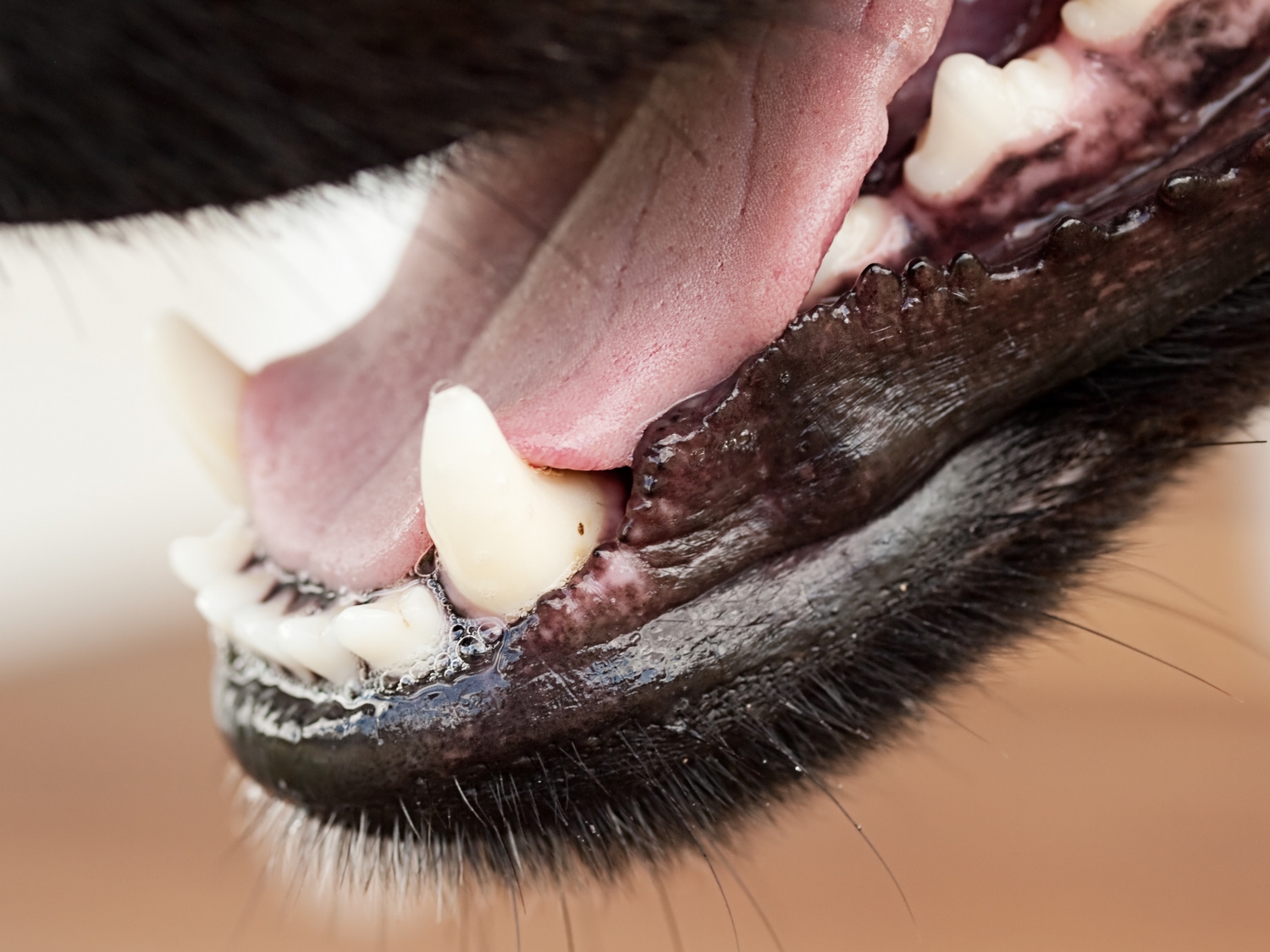As a responsible pet owner, it is important to monitor your dog’s health regularly. One way to do this is by checking the color of their gums. The color of a dog’s gums can indicate their overall health and give you clues about potential issues that may require attention.
Just like humans, dogs can suffer from various health conditions that may affect their gum color. By familiarizing yourself with a dog gum color chart, you can better understand what is normal for your furry friend and quickly identify any changes that may signal a problem.
Dog Gum Color Chart
Here is a basic dog gum color chart that can help you assess your dog’s health:
- Pale Pink: This is the most common and healthy gum color for dogs. It indicates good circulation and oxygen levels in the blood.
- Bright Red: Bright red gums may indicate overheating, fever, or inflammation.
- Pale White: Pale white gums could signal anemia or shock.
- Blue or Purple: These colors are a sign of poor oxygenation and could indicate respiratory or cardiac issues.
- Yellow: Yellow gums may indicate liver problems or jaundice.
It is important to note that gum color can vary slightly depending on the breed of your dog. However, any drastic changes from their normal gum color should be investigated by a veterinarian.
Regularly checking your dog’s gums can help you catch potential health issues early and seek appropriate treatment. If you notice any abnormalities in their gum color, along with other symptoms like lethargy, loss of appetite, or difficulty breathing, it is crucial to consult with a vet promptly.
Remember to approach your dog calmly and gently when checking their gums to avoid causing stress or discomfort. By incorporating this simple task into your routine, you can better monitor your dog’s health and ensure they receive the care they need.
In Conclusion
Monitoring your dog’s gum color is an essential part of their overall health care. By using a dog gum color chart as a reference, you can quickly identify any changes that may indicate underlying health issues. Regular veterinary check-ups and proper dental care can also help maintain your furry friend’s well-being. Remember, your dog’s gums can provide valuable insights into their health, so pay attention to any changes and seek professional guidance when needed.
